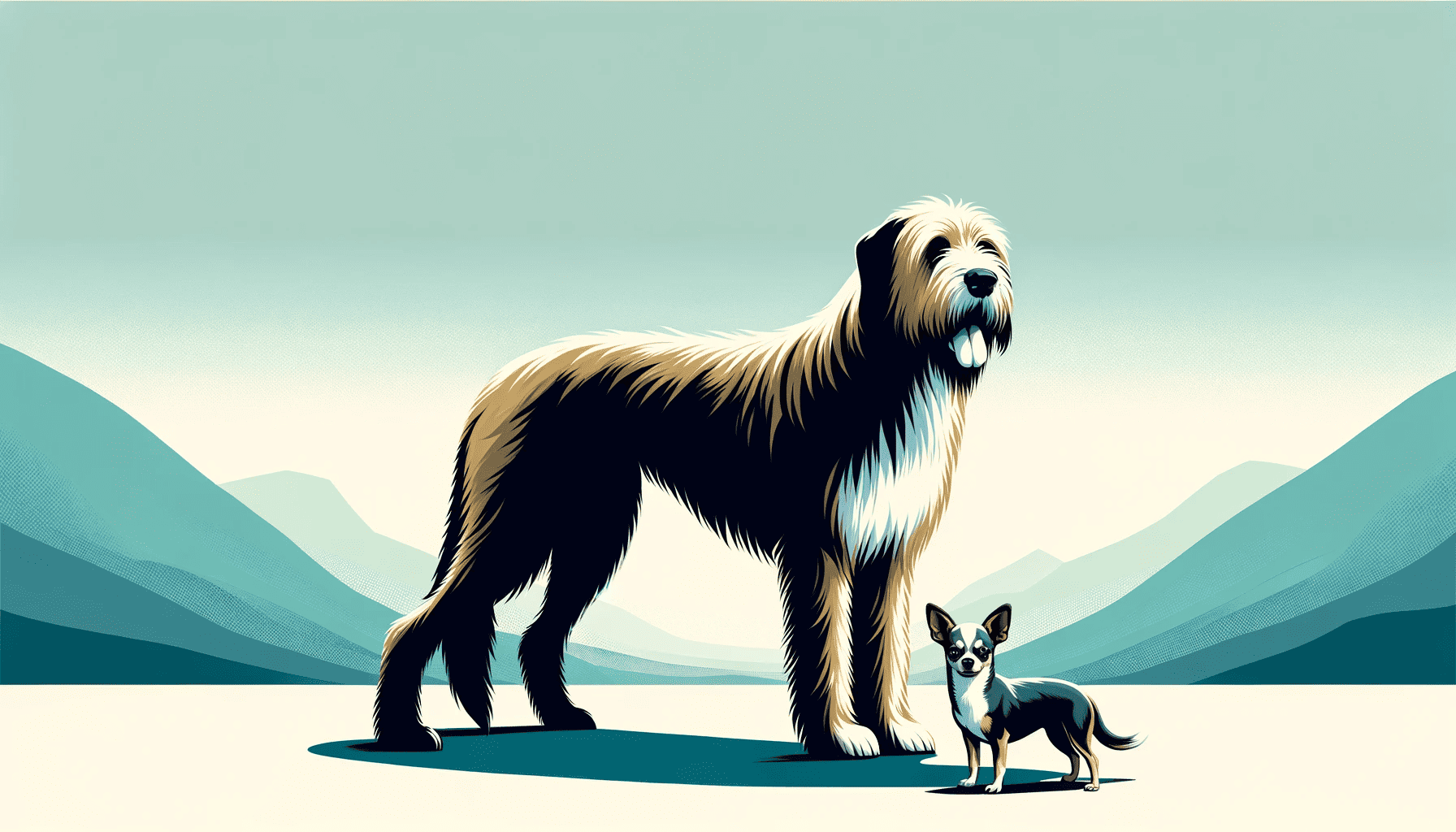
Dogs have come a long way since they were first domesticated from wolves about 20,000 years ago. However, it’s only recently — in the past 200 years or so — that the current shockingly extreme size differences in dogs appeared. An Irish Wolfhound can be up to 40 times larger than a Chihuahua, even though they’re the same species. This is explained by humans selecting breeds for certain traits over countless generations of canines.
However, this genetic meddling has come at a cost to our furry friends. The lack of genetic diversity in many purebreds makes them vulnerable to many life-shortening diseases. But which breeds are at most risk? Is it larger or smaller dogs?
Researchers, as part of the Dog Aging Project, attempted to answer this complicated question by analyzing data on over 27,000 dogs across 238 breeds. They conclude that smaller dogs live significantly longer than larger dogs. However, larger dogs don’t have more health problems than smaller dogs — it’s just that the specific diseases affecting them can be different, as well as their severity.
Larger breeds face a higher likelihood of developing cancers and ear-nose-throat (ENT) diseases, as well as skin, endocrine, bone, neurological, and gastrointestinal problems. Smaller breeds aren’t spared either — they’re more prone to eye, heart, liver, and respiratory diseases. Interestingly, kidney and urinary ailments don’t discriminate based on size.
“Controlling for sex, purebred vs. mixed-breed status, and geographic region made little difference in all disease categories we studied. Our results align with the reduced lifespan in larger dogs for most of the disease categories and suggest potential avenues for further examination,” the researchers from the Dog Aging Project Consortium wrote in the journal PLOS ONE.
The research doesn’t conclusively link size to health problems but does establish a correlation. It suggests that larger dogs generally have shorter lifespans. In very large breeds, such as Great Danes and English Mastiffs, the life expectancy is around 7-8 years according to a 2020 study. For comparison, the average dog lives for 10 to 13 years.
Specific dog breeds were not individually analyzed in the study; rather, it focused on the general correlation of size with disease prevalence across the canine population. Therefore, the study does not list specific breeds as being more at risk but categorizes risk based on dog size.
The ultimate aim of the Dog Aging Project is to provide critical insights into factors affecting canine longevity. As this project continues, the accumulated knowledge will undoubtedly aid scientists and dog owners in nurturing healthier, longer-living dogs.









